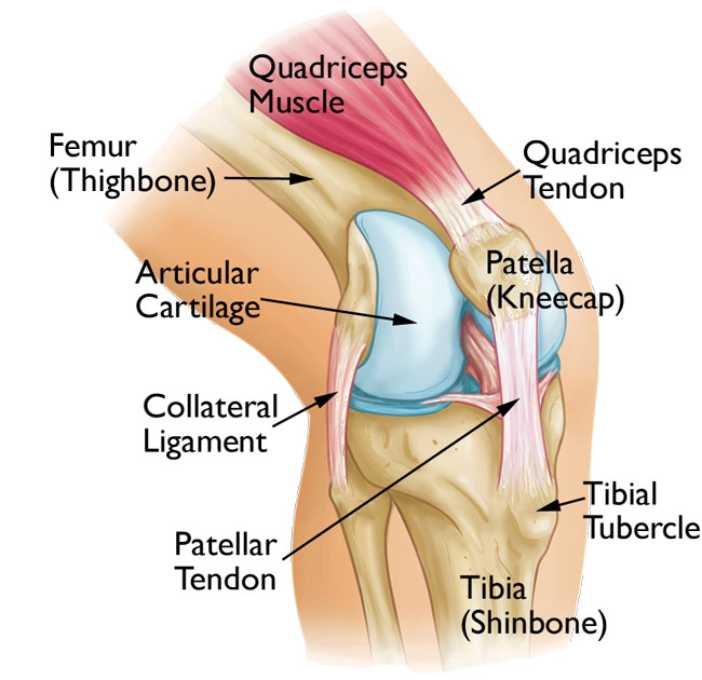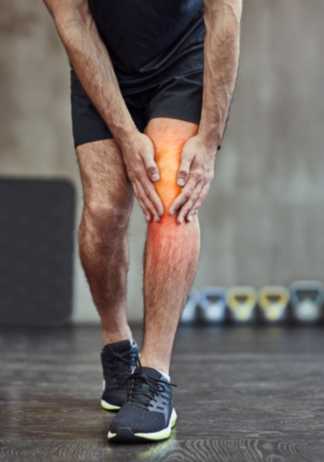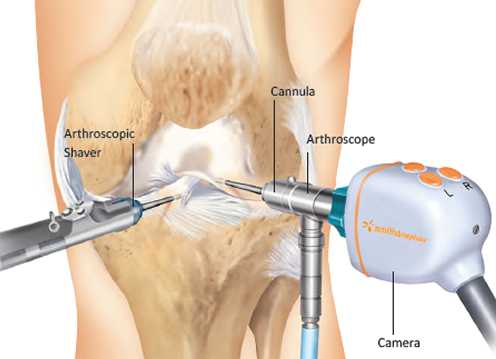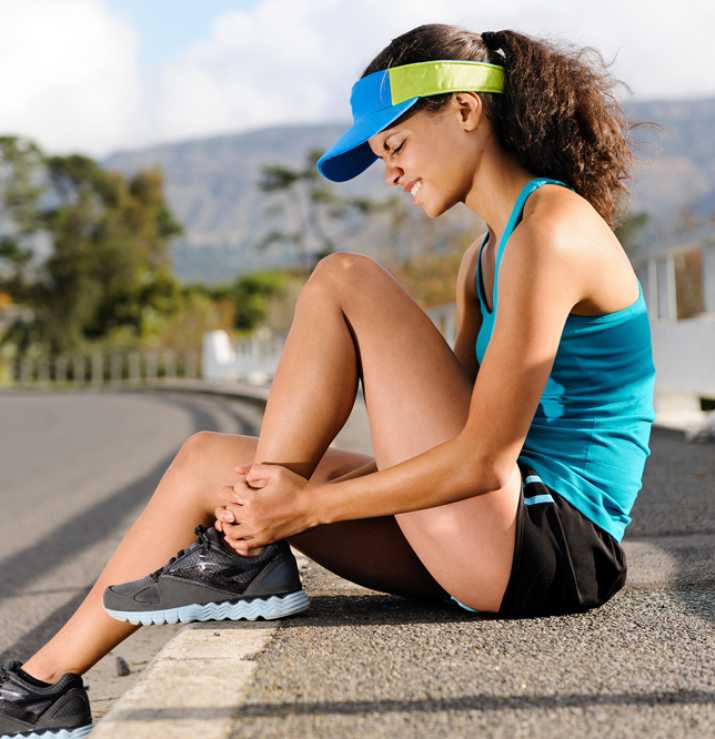Do you require any assistance? Simply reserve your appointment online below
Runner’s knee (patellofemoral pain)
Get Relief from Pain
Patellofemoral pain syndrome is a broad term used to describe pain in the front of the knee and around the patella, or kneecap. It is sometimes called “runners knee” or “jumper’s knee” because it is common in people who participate in sports—particularly females and young adults—but patellofemoral pain syndrome can occur in nonathletes, as well. The pain and stiffness it causes can make it difficult to climb stairs, kneel down, and perform other everyday activities.
Many things may contribute to the development of patellofemoral pain syndrome. Problems with the alignment of the kneecap and overuse from vigorous athletics or training are often significant factors.
Symptoms are often relieved with conservative treatment, such as changes in activity levels or a therapeutic exercise program.

Causes of Runner’s knee

Overuse .Patellofemoral pain syndrome is caused by vigorous physical activities that put repeated stress on the knee —such as jogging, squatting, and climbing stairs.
It can also be caused by a sudden change in physical activity, change of frequency of activity and the duration or intensity of activity—such as running longer distances. Other factors that may contribute to patellofemoral pain include:
- Use of improper sports training techniques or equipment
- Changes in footwear or playing surface
Patellar Malalignment. Patellofemoral pain syndrome can also be caused by abnormal tracking of the kneecap in the trochlear groove. In this condition, the patella is pushed out to one side of the groove when the knee is bent. This abnormality may cause increased pressure between the back of the patella and the trochlea, irritating soft tissues.
Factors that contribute to poor tracking of the knee cap
Problems in alignment may result in a kneecap that shifts too far toward the outside or inside of the leg, or one that rides too high in the trochlear groove—a condition called patella alta.
Muscular imbalances or weaknesses, especially in the quadriceps muscles at the front of the thigh. When the knee bends and straightens, the quadriceps muscles and quadriceps tendon help to keep the kneecap within the trochlear groove. Weak or imbalanced quadriceps can cause poor tracking of the kneecap within the groove.
Symptoms of Runner’s Knee
The most common symptom of patellofemoral pain syndrome is a dull, aching pain in the front of the knee. This pain—which usually begins gradually and is frequently activity-related—may be present in one or both knees. Other common symptoms include:
- Pain during exercise and activities that repeatedly bend the knee, such as climbing stairs, running, jumping, or squatting.
- Pain after sitting for a long period of time with your knees bent, such as one does in a movie theater or when riding on an airplane.
- Pain related to a change in activity level or intensity, playing surface, or equipment.
- Popping or crackling sounds in your knee when climbing stairs or when standing up after prolonged sitting.

You are in Great Hands
Treatment of Runner’s knee (Patellofemoral pain)

Medical treatment for patellofemoral pain syndrome is designed to relieve pain and restore range of motion and strength. In addition to activity changes, the RICE method, and anti-inflammatory medication, your doctor may recommend the following:
Physical therapy exercises. Specific exercises will help you improve range of motion, strength, and endurance. It is especially important to focus on strengthening and stretching your quadriceps since these muscles are the main stabilizers of your kneecap.
Orthotics. Shoe inserts can help align and stabilize your foot and ankle, taking stress off of your lower leg.
Surgical treatment for patellofemoral pain is very rarely needed and is done only for severe cases that do not respond to nonsurgical treatment. Surgical treatments may include:
Arthroscopy. During arthroscopy, your surgeon inserts a small camera, called an arthroscope, into your knee joint. The camera displays pictures on a television screen, and your surgeon uses these images to guide miniature surgical instruments.
- Debridement. In some cases, removing damaged articular cartilage from the surface of the patella can provide pain relief.
- Lateral release. If the lateral retinaculum tendon is tight enough to pull the patella out of the trochlear groove, a lateral release procedure can loosen the tissue and correct the patellar malalignment.
If tightness in the lateral retinaculum is pulling your kneecap to the side, your doctor may recommend lateral release surgery to cut the ligament.

